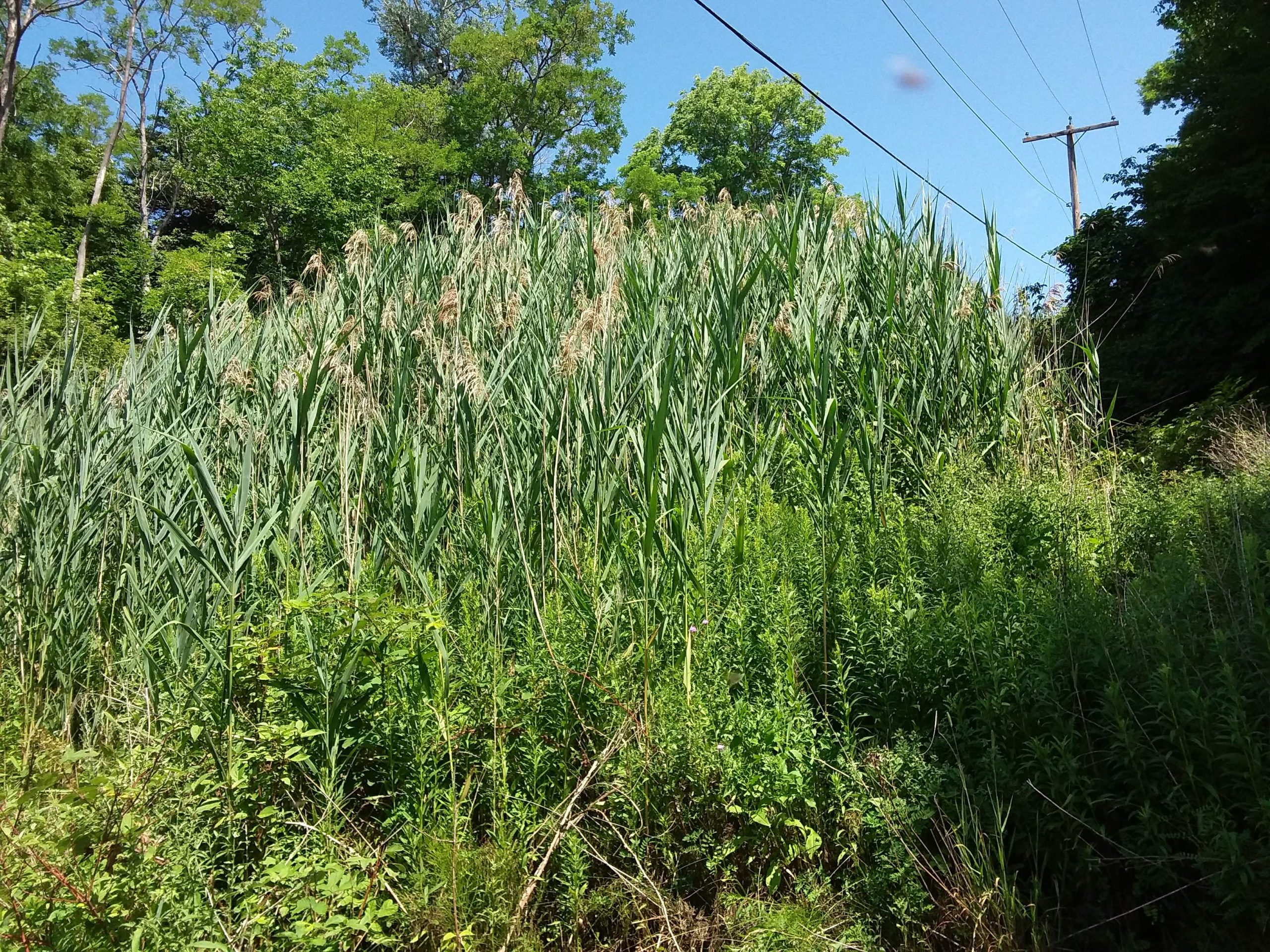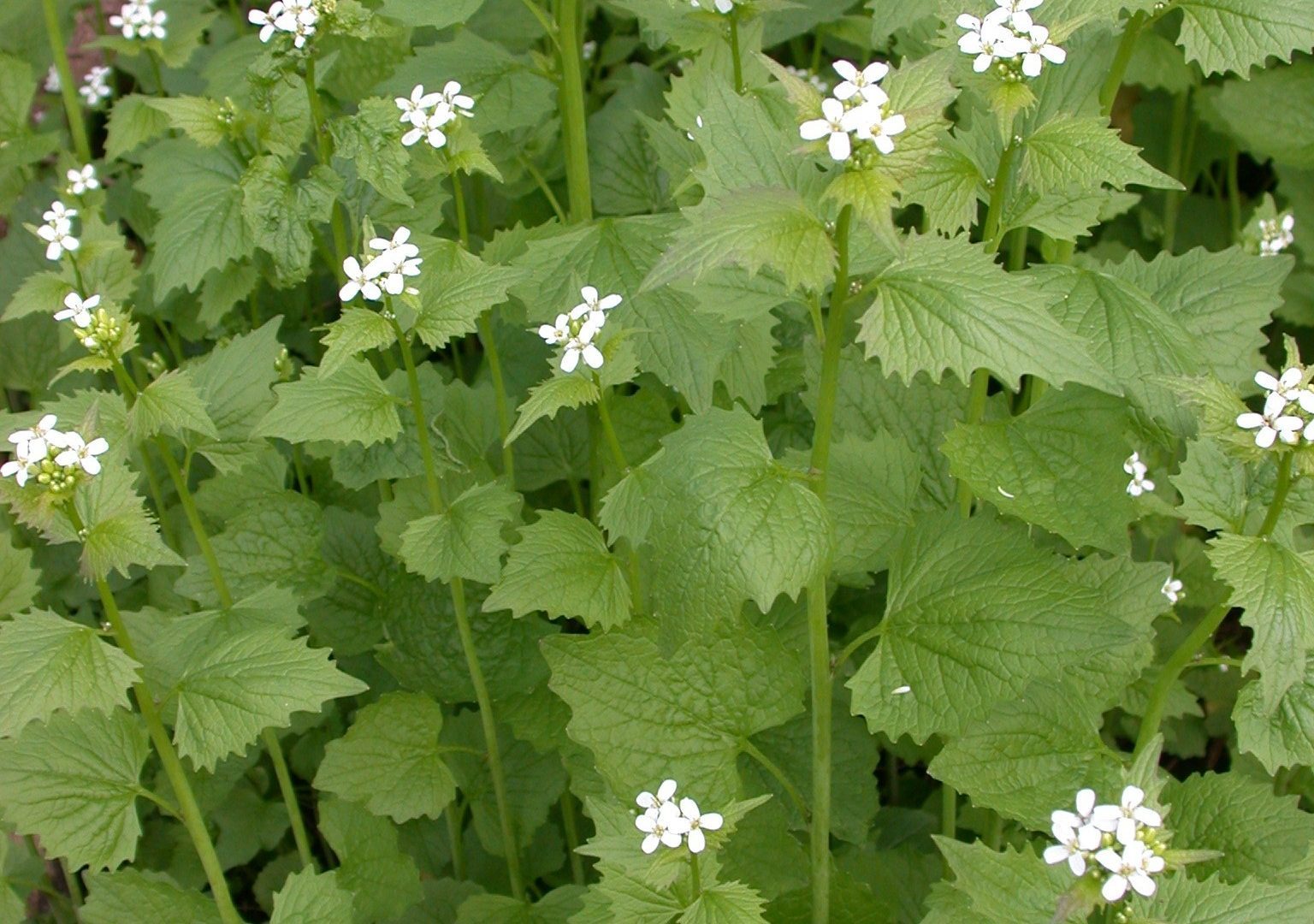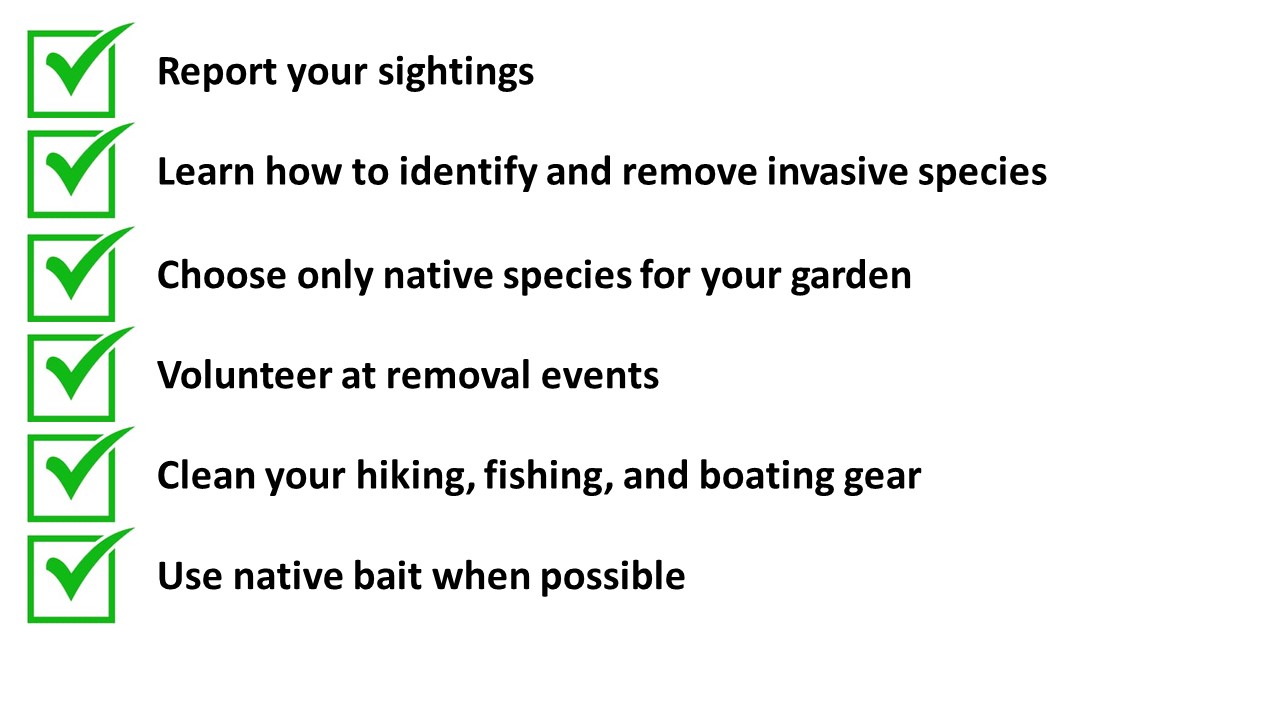Invasive Species
What are Invasive Species?
Although species of plants or animals can be found globally, many are unique and different depending on their geographic location. Once a species from a different area has entered a region where it is non-native, it competes with native species for resources. Often, non-native species can not only adapt but thrive. Once these species become established, they may begin to take over as they do not have any predators and then out-compete local species.
An invasive species is a living plant or animal that gets introduced to a new place where it does not belong and causes harm.
LEARN MORE . . .

In 2018, the Huron Stewardship Council launched a Phragmites mapping and removal project. Call us at 519-524-8394 ext. 3286 if you live in Huron County and have Phragmites on your property.

Impacts of Invasive Species
The emergence of an invasive species generally means the decline of native populations. Invasive species impact the local ecosystem by decreasing biodiversity. Lower biodiversity leads to upsetting the equilibrium of an ecosystem. Invasive species can even become dominant in an ecosystem, altering its composition and driving other species to extinction. Having less biodiversity in an area can make it easier for diseases to spread. This process can happen anywhere in terrestrial and aquatic ecosystems.
How you can help
You can help protect native ecosystems by learning how to correctly identify invasive species (see our guide below to learn how to identify common invasive species in this area), learning how to correctly remove invasive species, and reporting locations of invasive species using EDD Maps, or by contacting Dave Pullen, County of Huron Weed Inspector (519.524.8394 ext. 3282). You can also call the Ontario Federation of Anglers and Hunters’ Invading Species Hotline at 1-800-563-7711 to report an invasive species sighting. Let us know if you live in Huron County and have Phragmites on your property.

Invading Huron County
Common Invasive Plant Species
Common Invasive Animal Species
Not yet reported in Huron County
Photos: M.Maddalena (Phragmites), W.Bakowsky (Garlic Mustard), L.J.Mehrhoff (Wild Parsnip), R.Néron (Buckthorn), OFAH (Giant Hogweed), M.Smith (Purple Loosestrife), F.MacDonald (Emerald Ash Borer), G.H.Ghent (Gypsy Moth), D.Britton (Mussels), K.Towle (Dog-strangling vine), D.Watkinson (Rusty crayfish), K.Gardiner (Carp).
